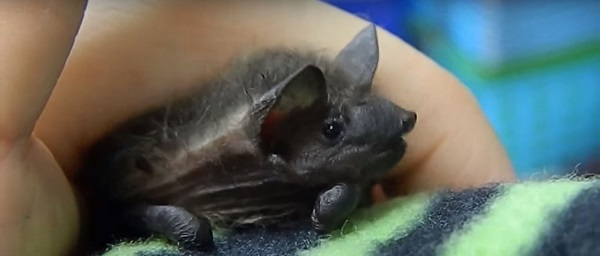The evening bat is one of the smaller bats in the animal kingdom, weighing less than a quarter of an ounce. It is
found throughout the Midwestern and eastern portion of the United States as well as in northeastern Mexico. The Gulf
Coast states in the United States is the most densely populated with these animals.

During the summer these animals will roost in trees, sleeping quite peacefully while it is light out. They like to shield themselves
by finding trees that have a large amount of foliage so that they are not easily visible to predators. Colonies are usually small,
making the trees a perfect home for the bat, but in larger sized colonies they will often seek the shelter of an attic or other
dwelling.
The evening bat is an insectivore, meaning that it primarily eats insects such as beetles, moths, and wasps. It will eat some smaller sized
insects, but prefers ones that are more meaty, which is somewhat surprising considering that this is a smaller sized bat that prefers larger
sized insects for the most part.
The reproductive cycle of the evening bat is not known precisely. What is known is that it occurs during the fall and the egg is not actually
fertilized at first. The sperm is stored by the female for months and then in the spring while ovulation is occurring he sperm is transferred
to the eggs where fertilization occurs.
The young are born in June and it is usually a set of twins are born at one time. Within three weeks they are able to forage for themselves and
find food on their own. This gives the young great autonomy. For many years scientists believed that the evening bat was a migratory creature,
but this appears that this is not the case anymore. It looks like that even in the winter these bats will hibernate in buildings or in tree
cavities, maintaining their position during the cold months. If it gets warm enough they will attempt to forage for food, but since most
insects are dead during colder months there may not be sufficient food sources to find.
A typical evening bat colony is about 100 members, but they can reach as much as 1000 in one colony. This is quite unusual though, because
most ecosystems are not able to handle that volume and the colonies are known to split or suffer from malnutrition or disease fairly easily.
Go back to the
How Do You Get Rid of Bats in Buildings home page or email me for more information about Biology of Evening Bat: Appearance, biology, life cycle, habitat, diet, behavior